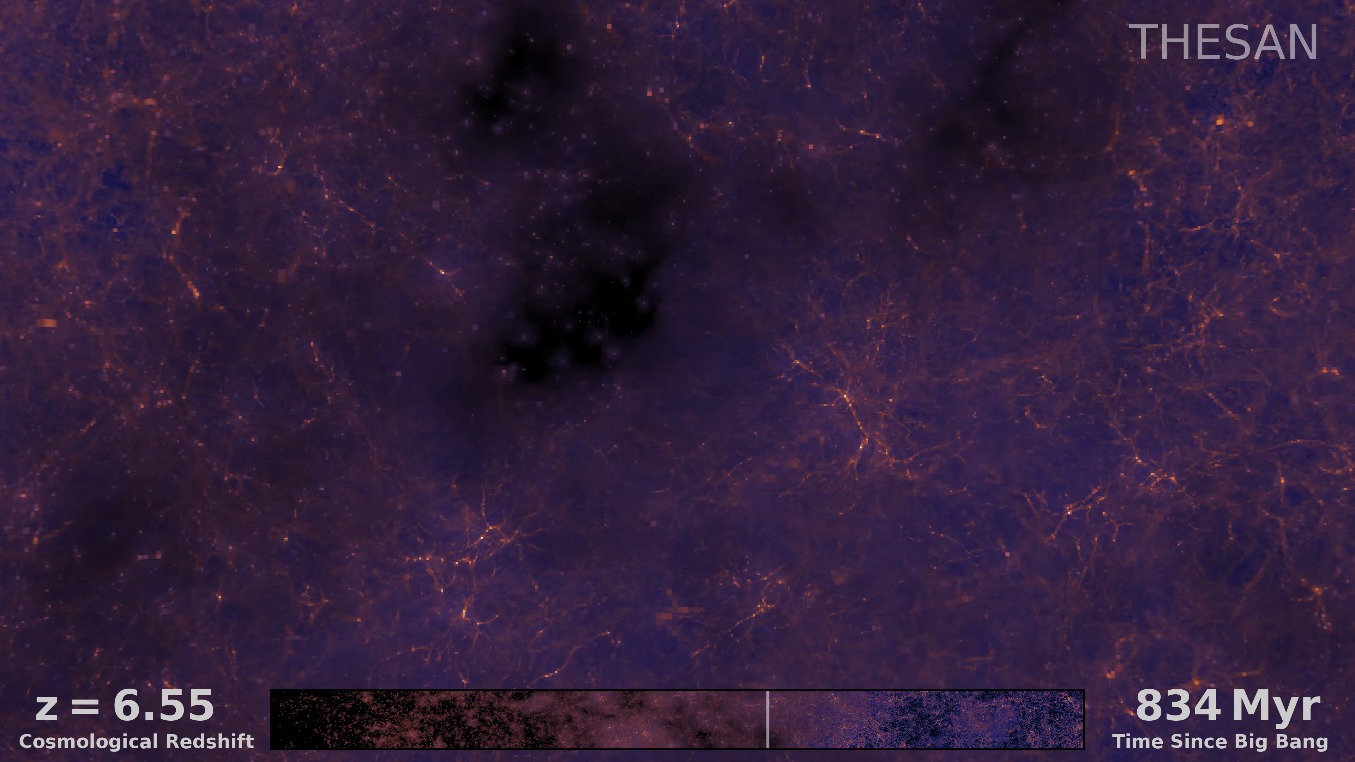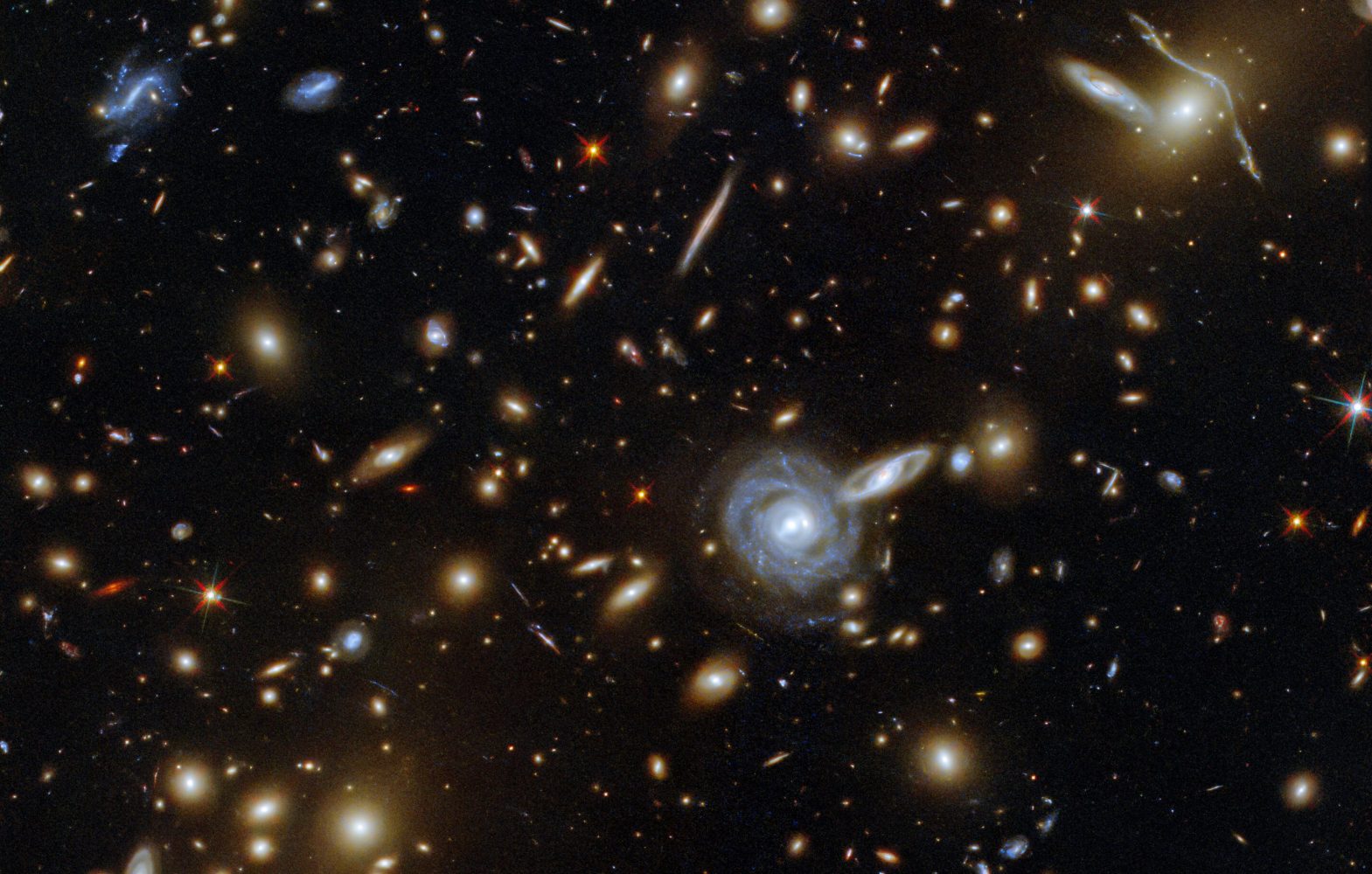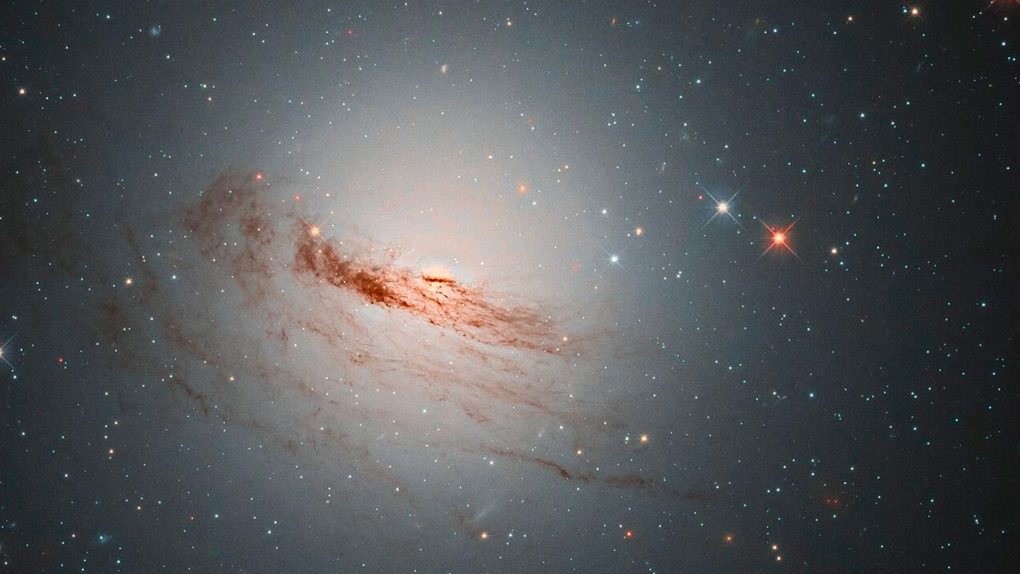A team of researchers at the Institute of Astrophysics of the Canary Islands (IAC) has created a new simulation of early galaxy formation. The simulation allows us to get a fascinating, albeit brief glimpse at how the early universe formed in the precious seconds following the Big Bang.
This new simulation of early galaxy formation is game-changing

Understanding the early universe has been a goal for scientists for decades. And, now with NASA’s James Webb space telescope, and other technology, we’re finally making some decent strides. A new simulation on early galaxy formation could be another key stepping stone, too.
Researchers created the simulation using machine learning. It then completed over 100,000 hours of computations to create the one-of-a-kind simulation. The researchers named the algorithm responsible for the project Hydo-BAM. They published a paper with the simulation’s findings earlier this year.
Creating a simulation of early galaxy formation has allowed researchers to chart the earliest moments of our universe. These important moments began just after the Big Bang set everything into motion. Understanding these key moments of the formation of the early universe could help us better understand how galaxies form in the universe today.
Decoding dark matter

With the simulation, researchers can refine what we understand of the large-scale structuring of our universe. There are currently so many uncertainties about the formation of the early universe. Not to mention the current elements within the universe. For example, we still know very little about what part dark matter plays in the formation of galaxies and celestial objects.
This simulation of early galaxy formation won’t explain away dark matter, though. But it could help us better understand how it played a role in the formation of our universe. That alone could open new doors to understanding cosmic evolution, too.
Overall, though, the simulation gives us a look at the galactic medium that we’ve never had before. Based on the research, members of the IAC say that the joint distribution of ionized gas and neutral hydrogen gas – both of which play an important role in galactic formation – can be clearly measured using the simulation.
This allows them to dig deeper into the different ages of the universe, like the present, past, and early universe. With that in mind, the simulation of early galaxy formation could present even more data. Of course, it isn’t going to replace actually being able to study those pieces of the universe. But it could be a solid stand-in.
Ultimately, it will take some time to tell exactly how many doors this new simulation opens for the scientific community. But, with NASA and other space agencies looking so deeply into the universe beyond our own galaxy, we could get new answers in the coming years.








